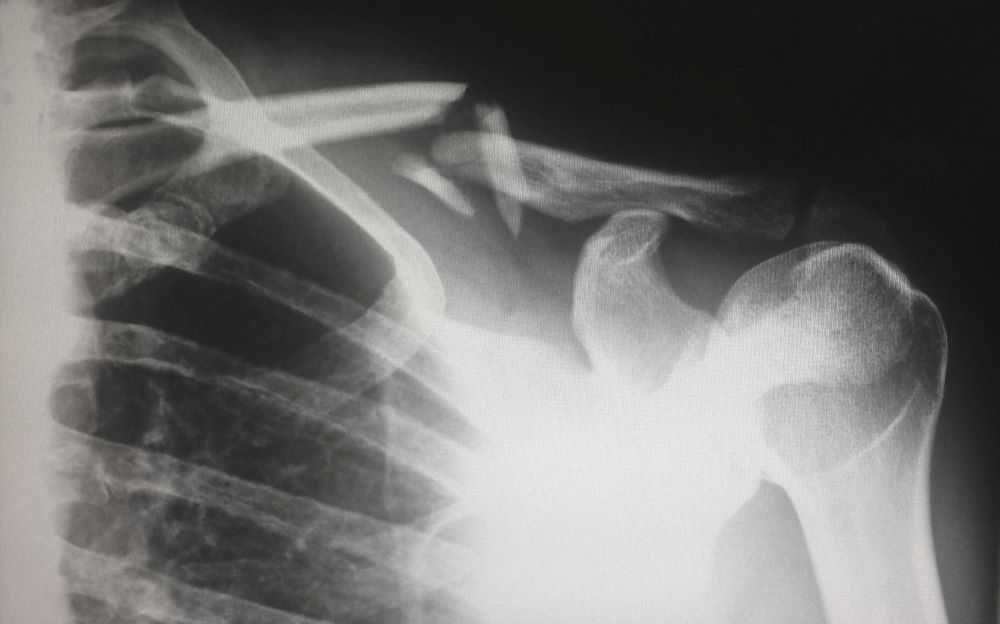Introduction
In today's busy workplace, ensuring the security and wellness of employees is vital. Among the crucial facets of workplace safety and security is the stipulation of Automated External Defibrillators (AEDs). These lifesaving tools are vital for replying to abrupt cardiac arrests, which can occur in any type of setting, including work environments. This extensive overview will look into the Workplace AED Demands in Australia, highlighting what every company requires to know about carrying out and maintaining AEDs.
Workplace AED Demands in Australia: What Every Employer Requirements to Know
Understanding the lawful and practical requirements bordering AEDs is essential for all employers in Australia. The Australian Resuscitation Council highlights that having an AED on-site can significantly boost survival prices throughout heart emergencies. Companies ought to acquaint themselves with their duties under pertinent regulation, consisting of the Job Health and Safety Act 2011.
The Relevance of Having an AED in Your Workplace
Every second counts when it pertains to a heart emergency situation. An AED can be the distinction between life and death. According to researches, early defibrillation boosts survival rates by up to 70%. This underscores why it's not simply an excellent idea-- it's a necessity.
Understanding Automated External Defibrillator Discussed Australia
An Automated External Defibrillator (AED) is a portable device that inspects heart rhythm and can send an electric shock to the heart if required. The gadget overviews customers through the procedure with voice motivates and aesthetic instructions, making it usable even for people with no clinical training.
How to Make use of an AED Step by Step Australia
Using an AED includes several essential actions:
Assess Responsiveness: Inspect if the individual is responsive. Call for Help: Dial emergency solutions immediately. Retrieve the AED: Obtain the closest AED. Attach Pads: Follow layouts on pads for correct placement. Analyze Heart Rhythm: The tool will certainly evaluate whether a shock is needed. Deliver Shock if Necessary: Make certain no one is touching the person prior to pushing the shock button. Continue CPR: After supplying a shock, continue CPR up until emergency situation services arrive.AED and CPR With each other Australia
Combining mouth-to-mouth resuscitation with an AED boosts survival chances substantially. While awaiting an ambulance, carrying out mouth-to-mouth resuscitation keeps blood circulating, boosting oxygen supply to crucial first aid awareness in childcare body organs until defibrillation can occur.
AED Use on Children Australia
When using an AED on youngsters, unique pediatric pads are usually needed. Several contemporary devices come equipped with child-specific setups that readjust power degrees based upon age or weight criteria.

AED Battery Upkeep Australia
Maintaining your AED consists of examining battery standing regularly, changing batteries according to maker standards, and guaranteeing pads are not ended or damaged.
Workplace AED Needs Australia
Employers must guarantee that:
- A suitable variety of AEDs are readily available based on work environment size and location. Employees have access to training for making use of the device. Regular upkeep checks are executed according to producer recommendations.
Public AED Locations Australia
Many public spaces now include obtainable AEDs; knowing where these locations are can conserve lives beyond work environment setups as well. Neighborhood councils usually maintain data sources of these locations.
Defibrillator Training Programs Australia
Training training courses provide necessary understanding about using defibrillators effectively together with CPR techniques. Organizations like St John Ambulance deal qualifications that furnish employees with lifesaving skills.
Defibrillator Legislation Australia
Legislation surrounding defibrillators differs by state however usually mandates specific offices, such as health clubs or aged treatment centers, to have AEDs readily offered for use during emergencies.
Choosing Right AED Australia
Selecting a proper design depends on factors such as:
- Intended usage (office vs commercial) User-friendliness Availability of pediatric options
Identifying Possible Calamities in Your Workplace
Employers must conduct threat assessments frequently to identify prospective clinical emergency situations one-of-a-kind to their environment-- this might consist of assessing worker health risks Visit the website or environmental threats affecting emergency reaction protocols.
FAQs
1. What is an Automated Outside Defibrillator?
An Automated External Defibrillator (AED) is a mobile device made to deal with people experiencing abrupt cardiac arrest by delivering an electrical shock that aids bring back typical heart rhythm.

2. Are there lawful demands for having an AED in my workplace?
Yes, while certain legislation might differ by state or region, many regions call for work environments-- especially those taken into consideration risky-- to have accessibility to automated outside defibrillators as component of their emergency treatment provisions.
3. Just how commonly should I check my office's AED?
It's suggested to examine your office's AED at least as soon as a month and after each use, making certain that batteries are functional and pads are within expiry dates.

4. Can anyone utilize an AED?
Yes! Modern tools are created for laypeople and supply detailed sound instructions; nevertheless, formal training is suggested for optimal preparedness throughout emergencies.
5. What is included in defibrillator training courses?
Courses typically cover how to run an AED safely, carry out mouth-to-mouth resuscitation effectively, acknowledge signs of heart attack, and respond suitably during medical emergencies.
6. Where can I locate public accessibility defibrillators?
Public accessibility defibrillators can be located in numerous places such as shopping mall, flight terminals, schools, showing off venues, Click here! and community centers; regional authorities frequently maintain maps revealing these locations.
Conclusion
Ensuring workplace security involves more than just compliance; it's about fostering a culture of readiness among workers worrying wellness emergency situations such as heart attacks. Implementing efficient policies around Automated External Defibrillators (AEDs) not only enhances your task of treatment however also shows commitment toward employee well-being-- a win-win situation!
In recap, comprehending the important components bordering office AED needs in Australia equips companies with understanding essential for creating more secure settings for both performance and wellness among team member-- because at the end of the day? Everyone deserves satisfaction recognizing they're made sure of!